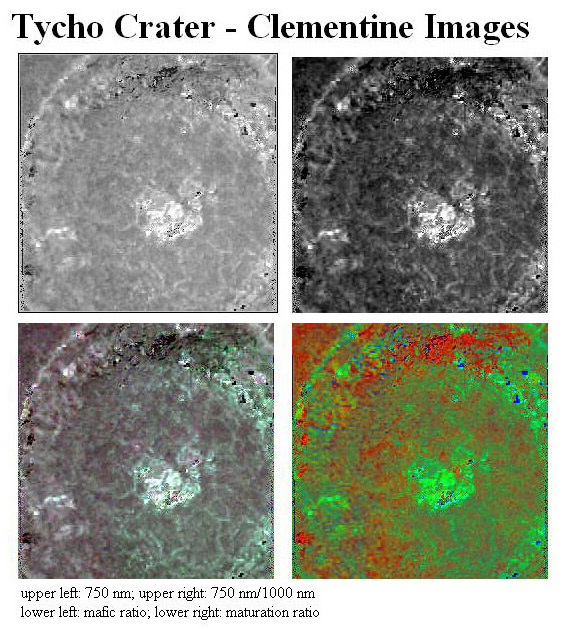Difference between revisions of "November 25, 2009"
| (5 intermediate revisions by the same user not shown) | |||
| Line 1: | Line 1: | ||
__NOTOC__ | __NOTOC__ | ||
=Reticulated Terrain= | =Reticulated Terrain= | ||
| + | <!-- Start of content --> | ||
<!-- ws:start:WikiTextHeadingRule:1:<h1> --> | <!-- ws:start:WikiTextHeadingRule:1:<h1> --> | ||
<!-- ws:start:WikiTextLocalImageRule:16:<img src="/file/view/LPOD-Nov25-09.jpg/105245527/LPOD-Nov25-09.jpg" alt="" title="" /> -->[[File:LPOD-Nov25-09.jpg|LPOD-Nov25-09.jpg]]<!-- ws:end:WikiTextLocalImageRule:16 --><br /> | <!-- ws:start:WikiTextLocalImageRule:16:<img src="/file/view/LPOD-Nov25-09.jpg/105245527/LPOD-Nov25-09.jpg" alt="" title="" /> -->[[File:LPOD-Nov25-09.jpg|LPOD-Nov25-09.jpg]]<!-- ws:end:WikiTextLocalImageRule:16 --><br /> | ||
| − | <em>image by [mailto:revans_01420@yahoo.com | + | <em>image by [mailto:revans_01420@yahoo.com Richard Evans]</em><br /> |
<br /> | <br /> | ||
| − | Rick noticed a reticulated pattern on the floor of Tycho and so he processed Clementine images in various ways to investigate it. We know that Tycho is a very young impact crater - only about 100 million years - so it is very unlikely that it could be volcanic flows. But it is something that appears to have cracked. Long ago Lunar Orbiter V showed the floor in extreme [http://www.lpi.usra.edu/resources/lunarorbiter/frame/?5125 | + | Rick noticed a reticulated pattern on the floor of Tycho and so he processed Clementine images in various ways to investigate it. We know that Tycho is a very young impact crater - only about 100 million years - so it is very unlikely that it could be volcanic flows. But it is something that appears to have cracked. Long ago Lunar Orbiter V showed the floor in extreme [http://www.lpi.usra.edu/resources/lunarorbiter/frame/?5125 cloesup], revealing chaotic mounds and a surface like swirly elephant hide. And then Kaguya took us sweeping over the surface, [http://wms.selene.jaxa.jp/selene_viewer/en/observation_mission/tc/012/tc_012_a_l.jpg showing] cracks and hillocks. But it has really taken the surper high res LRO images to show that [http://lroc.sese.asu.edu/news/index.php?/archives/92-Necho-Crater.html cracks] like Tycho's occur in other craters. But only in the freshest craters on the Moon because the impact melt and its cooling contraction cracks are fragile and easily destroyed by meteorite bombardment. <br /> |
<br /> | <br /> | ||
| − | <em>[mailto:tychocrater@yahoo.com | + | <em>[mailto:tychocrater@yahoo.com Chuck Wood]</em><br /> |
| − | <strong>OT Note:</strong> WV National Public Radio conducted an [http://www.wvpubcast.org/newsarticle.aspx?id=12175 | + | <strong>OT Note:</strong> WV National Public Radio conducted an [http://www.wvpubcast.org/newsarticle.aspx?id=12175 interview] about the new Selene videogame we are developing at my university.<br /> |
<br /> | <br /> | ||
<strong>Related Links</strong><br /> | <strong>Related Links</strong><br /> | ||
| − | Rükl plate [ | + | Rükl plate [https://the-moon.us/wiki/R%C3%BCkl_64 64]<br /> |
<br /> | <br /> | ||
<hr /> | <hr /> | ||
| − | < | + | <table class="wiki_table"> |
| − | < | + | <tr> |
| − | ---- | + | <td> <!-- RemoveRevolverMaps --> |
| − | + | <!-- RemoveRevolverMaps --> | |
| − | + | </td> | |
| + | <p><b>Yesterday's LPOD:</b> [[November 24, 2009|24 Hours]] </p> | ||
| + | <p><b>Tomorrow's LPOD:</b> [[November 26, 2009|Grand Larceny]] </p> | ||
| + | <!-- End of content --> | ||
| + | {{wiki/ArticleFooter}} | ||
Latest revision as of 18:54, 13 October 2018
Reticulated Terrain

image by Richard Evans
Rick noticed a reticulated pattern on the floor of Tycho and so he processed Clementine images in various ways to investigate it. We know that Tycho is a very young impact crater - only about 100 million years - so it is very unlikely that it could be volcanic flows. But it is something that appears to have cracked. Long ago Lunar Orbiter V showed the floor in extreme cloesup, revealing chaotic mounds and a surface like swirly elephant hide. And then Kaguya took us sweeping over the surface, showing cracks and hillocks. But it has really taken the surper high res LRO images to show that cracks like Tycho's occur in other craters. But only in the freshest craters on the Moon because the impact melt and its cooling contraction cracks are fragile and easily destroyed by meteorite bombardment.
Chuck Wood
OT Note: WV National Public Radio conducted an interview about the new Selene videogame we are developing at my university.
Related Links
Rükl plate 64
Yesterday's LPOD: 24 Hours
Tomorrow's LPOD: Grand Larceny
COMMENTS?
Register, Log in, and join in the comments.



